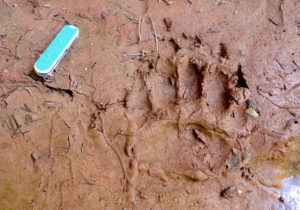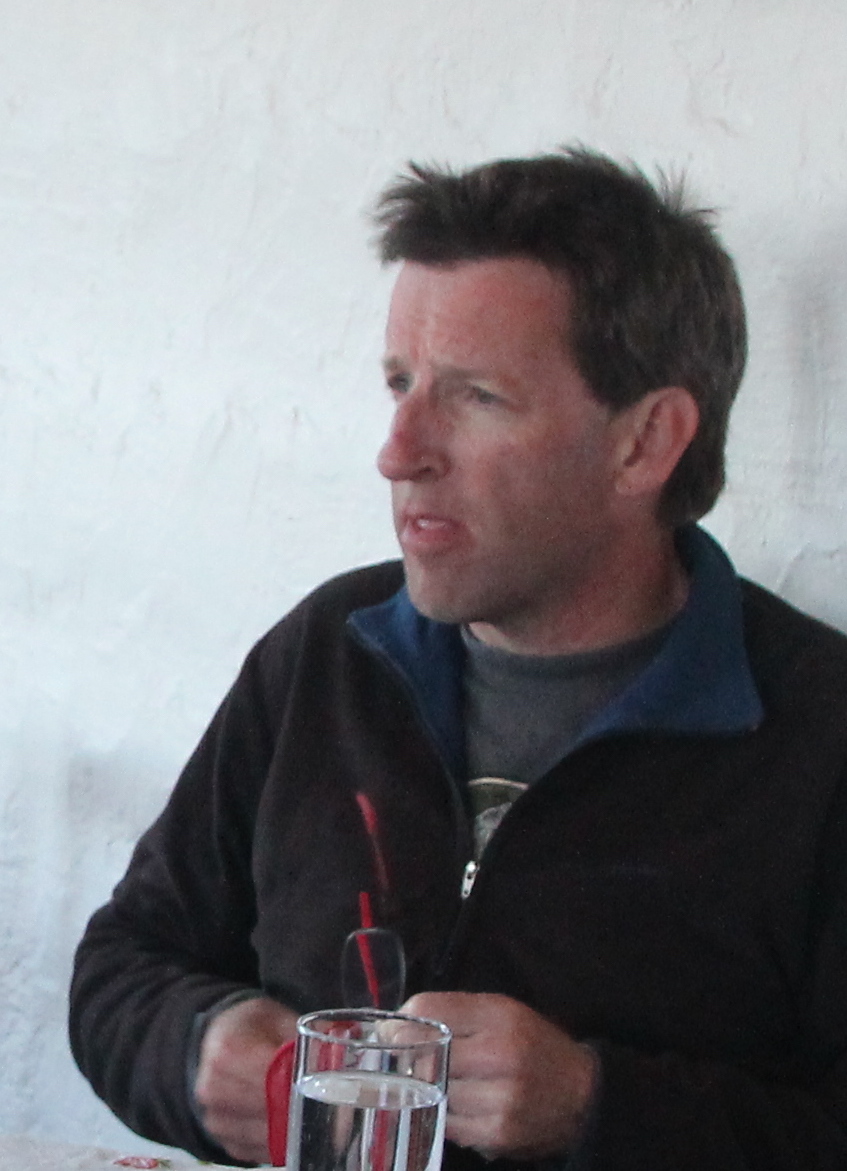 Tap, tap, tap. I was in a dream somewhere, trying to catch a bus or somehow navigate my way through a strange city. What language did they speak here? And who was that strange guy in the black outfit, tapping me on the shoulder as if he wanted to get my attention? He faded as I turned. I wanted back in so that I could ask a question, but the fabric of my dream was ripping . . .
Tap, tap, tap. I was in a dream somewhere, trying to catch a bus or somehow navigate my way through a strange city. What language did they speak here? And who was that strange guy in the black outfit, tapping me on the shoulder as if he wanted to get my attention? He faded as I turned. I wanted back in so that I could ask a question, but the fabric of my dream was ripping . . .
Tap, tap, tap—Oh. I was in a tent, I remembered, and in the tumbled central Arizona uplands, and I could smell the humidity in the air, and because it was the monsoon season I had the tent fly on and couldn’t see what might be right outside. But . . .
Tap, tap—Oh! This was 20 years ago, but as full consciousness flooded my brain I distinctly remember the thought that came next: could be a bear!
Yes, a bear, the animal in our part of the world that is most like us, in the diversity of its diet, in its tight maternal bonds, in its mastery of a wide range of habitats and, in the stories of so many indigenous people, the animal that more readily than others crosses the boundaries between its apparent species and ours. Bears are Gary Snyder’s
honey-eater
forest apple
light-foot
old man in the fur coat,
the ones who in some stories mate with a human and raise their half-wild children together.
I’ve been thinking about bears a lot this summer because of the drought and how it has pushed some of the bears out of their usual haunts and into atypical places such as the campus of Coconino Community College, where a 2-year-old bear turned up last month, only to be tranquilized and relocated by the Game and Fish Department. And of how one bear relocated from near Flagstaff showed up near Kingman only four days later, a pace considerably better than most human walkers could manage. I guess what I feel with bears is a sense of affinity, an appreciation of our shared wide-ranging appetites and a gut feeling that they in some way comprehend the landscape at a large scale in the way that some people do—at least those who get out on the land and outside their cars.
I’ve also been thinking about them because of the one I got to see, in the mountains above Moab. A friend and I had driven past the Bear’s Ears sticking up from Cedar Mesa and had heard a park ranger talk about how it would be inappropriate for us to climb up those buttes because in indigenous tradition they are linked to women’s practices and medicines, and it was thrilling to think of those age-old ideas of the landscape being animated and coming to life in a way that Western tradition generally doesn’t allow for, taking on male or female characteristics and dictating certain ways of being. Now, escaping the heat, we’d hiked up high through the aspens and past some of the scree slopes of the LaSals when we heard a weird cacophony far down below us, a whining and yelping and caterwauling. It sounded like hounds, my friend suggested, and we found out later he was right, for it was the pre-season for hunting bears, a time when hunters get to have their dogs track and tree a bear. Later, in the fall, a few will be allowed to shoot the bear. But now, in the summer, the prey is free to go once the hounds do. Free to go, but not, I imagine, unchanged by the experience of being, literally, hounded by people.
Which made all the more poignant our experience the next morning when we were driving back down and, coming around a curve, saw a bear standing right in our lane, looking at us. We slowed. There was no time to take a picture but we did get to watch as the bear loped back and forth just a bit, as if deciding what to do, and then took off into the oak scrub. A sighting like that always animates the landscape in a very specific way, makes a place seem like it has a greater potential than it did in the moments before the sighting.
And that was what happened way back there on the San Carlos reservation 20 years ago when I cautiously unzipped my tent into the lush and pine-resinous fragrance of a July morning. Sure enough, there was a black bear standing not far from my tent, and it really was a bear’s paw I had heard, cautiously exploring this strange pale object of a sort that it had probably never encountered before.
I call it a black bear because all the bears of Arizona are of that species, but in reality this was a cinnamon bear the color of crisp toast.
And it was a little one, no larger than a golden retriever.
Which meant that in the moment after feeling like I had just been given a tremendous gift I gut-felt the immediate counter-reaction, specifically, where is the mama? Is there a price to be paid here?
But there wasn’t. I never did see the mama bear. The little cinnamon bear poked around the campsite for a little while, checking out the smells of the truck. At one point it wandered away and deposited a pile of crap on the ground, then came back, as if it regarded the tidiness of the campsite as a value worth maintaining.
Standing a good ways back, I felt edgy, buzzing and alive, but never threatened or worried. What I carry with me from the experience is a memory of what it was like to be awakened by that gentle tap, tapping, and a feeling of privilege that I was able to watch and learn from another animal as it explored a place where I was visiting, but it was thoroughly at home.

